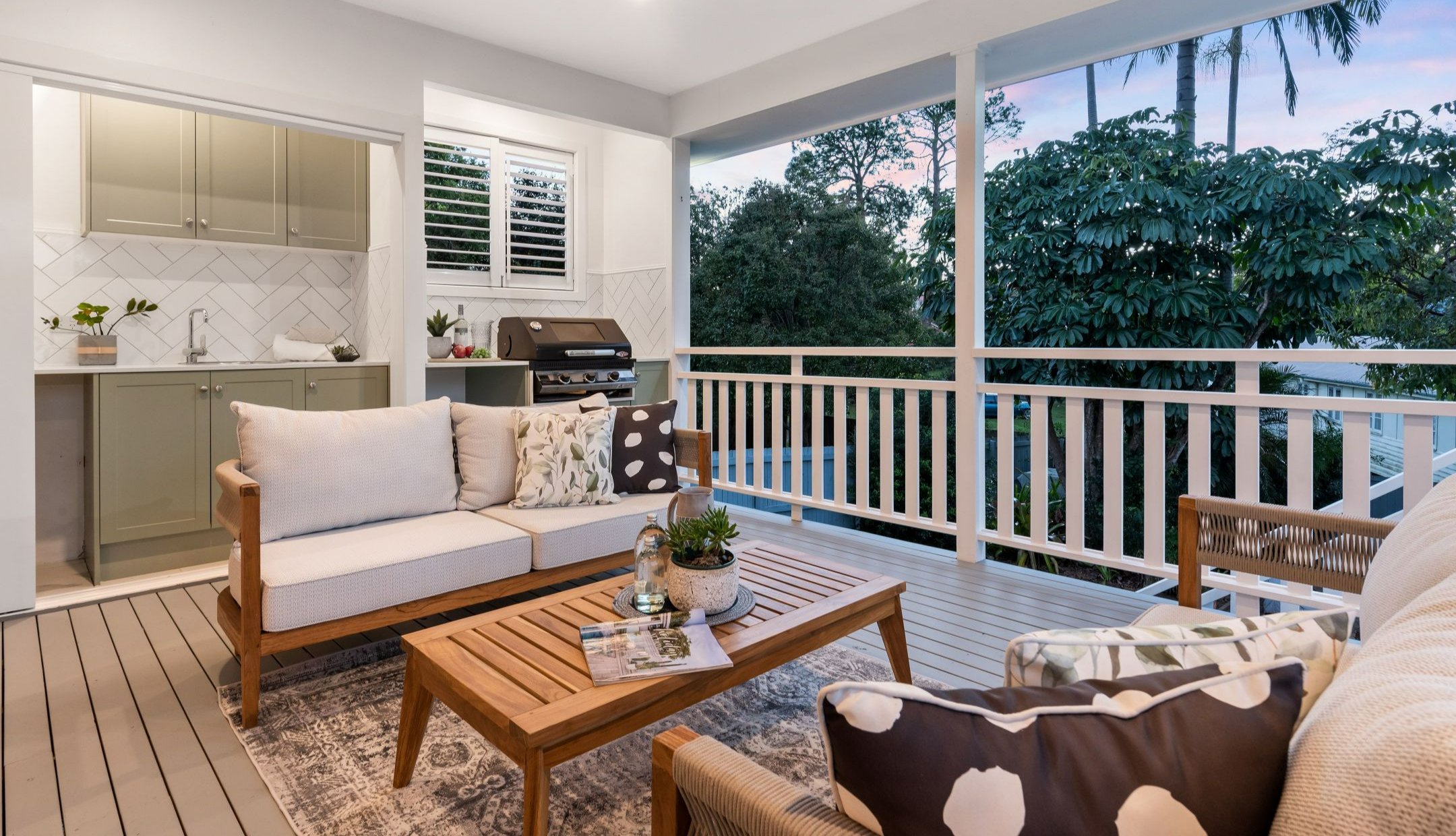Unlocking the Beauty of Orchids: A Comprehensive Guide
Orchids are renowned for their exquisite beauty and delicate blooms, making them a popular choice among plant enthusiasts. However, cultivating these elegant flowers requires careful attention to detail and a deep understanding of their unique needs. In this comprehensive guide, we’ll explore everything you need to know to cultivate exquisite orchid blooms and enjoy their beauty year-round.
Choosing the Right Orchid Varieties: Understanding Your Options
Before diving into orchid cultivation, it’s essential to choose the right varieties for your home and growing conditions. With thousands of orchid species and hybrids available, it can be overwhelming to make a selection. Some popular options for beginners include Phalaenopsis, Dendrobium, and Cymbidium orchids, which are known for their resilience and ease of care. Consider factors such as light requirements, temperature tolerance, and bloom frequency when selecting orchid varieties to ensure success.
Providing Proper Lighting: Balancing Sunlight and Shade
Light is a crucial factor in orchid cultivation, as it directly impacts plant growth and flowering. Most orchids thrive in bright, indirect light, similar to the conditions found under the canopy of a tropical forest. Place orchids near east or west-facing windows where they can receive gentle morning or afternoon sunlight. Avoid placing them in direct sunlight, as this can lead to sunburn and damage the delicate leaves and blooms. If natural light is insufficient, supplement with artificial grow lights to ensure healthy growth and abundant flowering.
Maintaining Optimal Temperature and Humidity: Creating a Tropical Oasis
Orchids are native to tropical and subtropical regions, where they thrive in warm, humid environments. To replicate these conditions indoors, maintain a temperature range of 65-75°F (18-24°C) during the day and slightly cooler temperatures at night. Additionally, provide adequate humidity by placing orchids on trays filled with pebbles and water or using a humidifier to create a moist microclimate around the plants. Regular misting also helps to increase humidity levels and prevent dehydration of orchid foliage.
Watering Orchids: Striking the Right Balance
Proper watering is crucial for orchid health, as both overwatering and underwatering can lead to problems such as root rot or dehydration. The key is to strike the right balance by watering orchids thoroughly but allowing the growing medium to dry out slightly between waterings. Water orchids early in the morning to ensure adequate absorption and avoid wetting the foliage, as this can promote fungal diseases. Use room temperature or tepid water and apply it directly to the growing medium until it runs freely out of the drainage holes.
Fertilizing Orchids: Nourishing Growth and Blooms
Orchids have unique nutritional requirements, and regular fertilization is essential to support healthy growth and abundant flowering. Use a balanced orchid fertilizer formulated specifically for epiphytic orchids, and dilute it to half strength to avoid overfeeding. Apply fertilizer every 2-4 weeks during the growing season, typically spring through fall, and reduce frequency during the winter months when orchids are dormant. Additionally, flush orchid pots with plain water periodically to prevent salt buildup from fertilizers.
Repotting Orchids: Refreshing Growing Medium and Promoting Growth
Over time, orchids outgrow their pots and may require repotting to refresh the growing medium and promote healthy root growth. Repot orchids every 1-2 years or when they become root-bound, typically indicated by roots spilling over the edges of the pot or circling the root ball. Choose a well-draining orchid potting mix or medium such as bark chips, sphagnum moss, or perlite, and select a pot with adequate drainage holes to prevent waterlogging. Gently remove the orchid from its old pot, trim any dead or rotting roots, and replant it in fresh growing medium, ensuring the crown sits slightly above the surface to prevent rot.
Dealing with Common Orchid Pests and Diseases: Vigilance and Prevention
Despite their reputation for resilience, orchids are susceptible to pests and diseases that can affect their health and vitality. Common pests include aphids, mealybugs, spider mites, and scale insects, which can be controlled using insecticidal soaps or horticultural oils. Fungal diseases such as root rot and powdery mildew can also occur, especially in humid environments or overwatered conditions. Preventative measures such as proper watering, good air circulation, and regular inspection of plants can help to minimize pest and disease problems and ensure the long-term health of your orchids. Read more about orchid planting ideas



